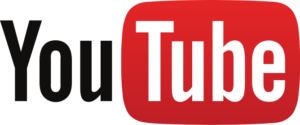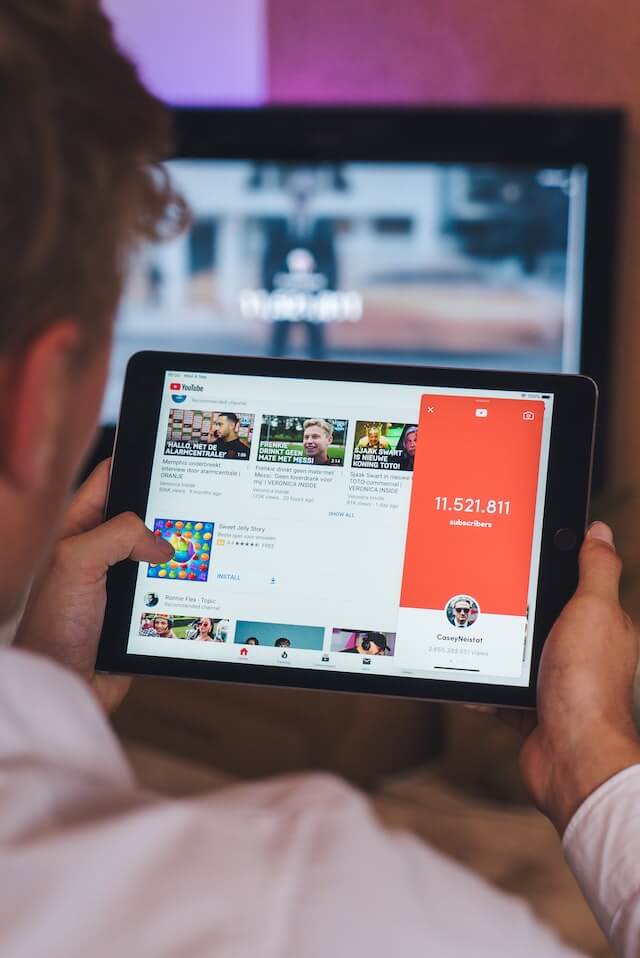YouTube Best Tags: How to Optimize Your Videos for Maximum Visibility
YouTube is the second-largest search engine in the world, with over 2 billion monthly active users. As such, it’s a powerful platform for businesses and individuals looking to promote their products, services, or content. However, with so much competition, it can be hard to stand out and get your videos seen by the right audience. One way to do this is by using the best tags for your YouTube videos.

What are YouTube tags?
YouTube tags are keywords that help describe your video’s content and make it more discoverable to users. They’re like the tags you might use on a blog post or website, but they’re specific to YouTube. When a user searches for a particular keyword, YouTube’s algorithm looks at the tags on videos to determine which videos are most relevant to that search. The more relevant your tags, the more likely your video is to show up in search results and be seen by potential viewers.

Why are YouTube tags important?
YouTube tags are important for a few reasons. First, they help your video get found by the right people. If you use relevant tags, your video will be more likely to show up in search results for those keywords. This means that people who are interested in your content are more likely to find it.
Second, tags help YouTube’s algorithm understand what your video is about. YouTube’s algorithm uses tags to understand the content of a video and how it relates to other videos on the platform. This helps YouTube determine where to place your video in search results and in recommended videos.
Finally, tags can also help increase your video’s engagement. If your tags are relevant and accurate, more people will be likely to watch and engage with your video, which can lead to more views, likes, and subscribers.
How to choose the best YouTube tags
Choosing the best YouTube tags for your video can seem overwhelming, but it doesn’t have to be. Here are a few tips to help you get started:
- Research your competition: Look at the tags that other videos in your niche are using. What keywords are they targeting? What tags seem to be working for them? This can give you an idea of what tags you should be using for your own videos.
- Use a mix of broad and specific tags: While it’s important to use specific tags that describe your video’s content, it’s also important to use broader tags that are relevant to your niche. This will help your video show up in more search results and reach a wider audience.
- Use long-tail keywords: Long-tail keywords are longer, more specific phrases that are less commonly searched. For example, “how to make a cake” is a long-tail keyword, while “cake” is a short-tail keyword. Long-tail keywords are less competitive, so they’re more likely to get your video seen.
- Use tags that describe your video’s content: This might seem obvious, but it’s important to use tags that accurately describe your video’s content. This will help YouTube’s algorithm understand what your video is about, and it will also help potential viewers understand what they can expect to see in your video.
- Add tags in the video description: In addition to adding tags to your video, it’s also important to add them to your video’s description. This will help YouTube’s algorithm understand what your video is about, and it will also make it easier for potential viewers to find your video.
- Use a keyword research tool: There are many keyword research tools available that can help you find the best tags for your video. These tools can provide you with a list of relevant keywords, as well as information on their search volume, competition, and more. Some popular keyword research tools for YouTube include Google Keyword Planner, Ahrefs, and Keyword Tool. You can also check Keywords Everywhere.

How to optimize your YouTube tags
Once you’ve chosen the best tags for your video, it’s important to optimize them for maximum visibility. Here are a few tips to help you do this:
- Use the most important tags first: When you add tags to your video, YouTube’s algorithm gives more weight to the tags that appear first. So, make sure to put your most important tags at the beginning.
- Use all 500 characters: YouTube allows you to add up to 500 characters of tags to your video. Make sure to use all of them to give your video the best chance of being seen.
- Use a consistent tagging strategy: When you’re adding tags to your video, be consistent with the keywords you’re using. This will help YouTube’s algorithm understand what your video is about, and it will also help potential viewers understand what they can expect to see in your video.
- Update your tags: If your video isn’t getting the views you want, try updating your tags. This can help your video show up in more search results and reach a wider audience.
- Keep an eye on your analytics: Use YouTube’s analytics to track the performance of your video, and use this information to optimize your tags. This will help you understand what works and what doesn’t, and it will help you make data-driven decisions about your tagging strategy.
Conclusion
YouTube tags are an important part of getting your videos seen by the right audience. By using relevant, accurate, and optimized tags, you can increase your video’s visibility, engagement, and ultimately its success. Remember to research your competition, use a mix of broad and specific tags, use long-tail keywords, and optimize your tags for maximum visibility. With the right tagging strategy, you’ll be well on your way to outranking your competition on YouTube.
Please also check YouTube Best Tags: How to Optimize Your Videos for Maximum Visibility








